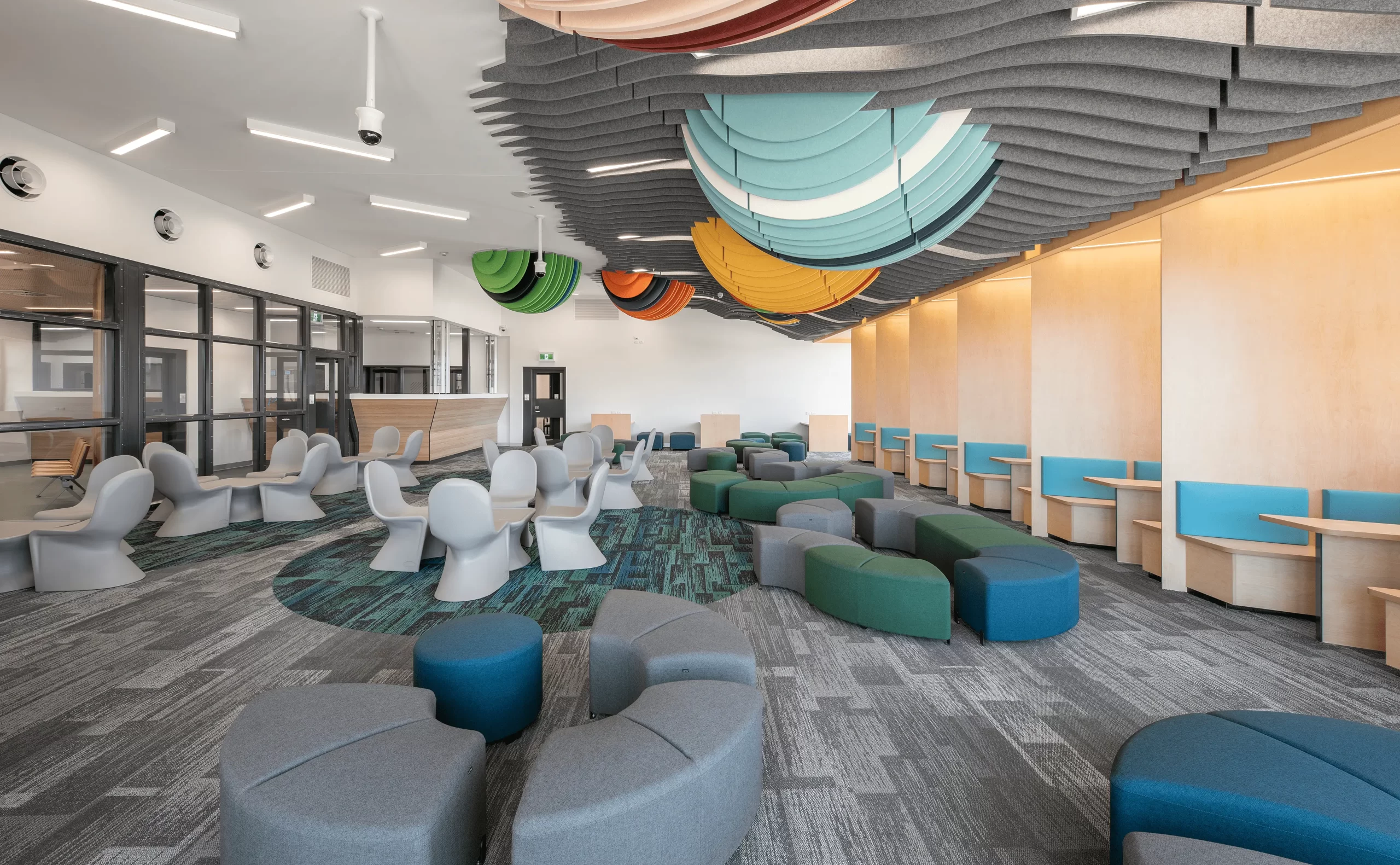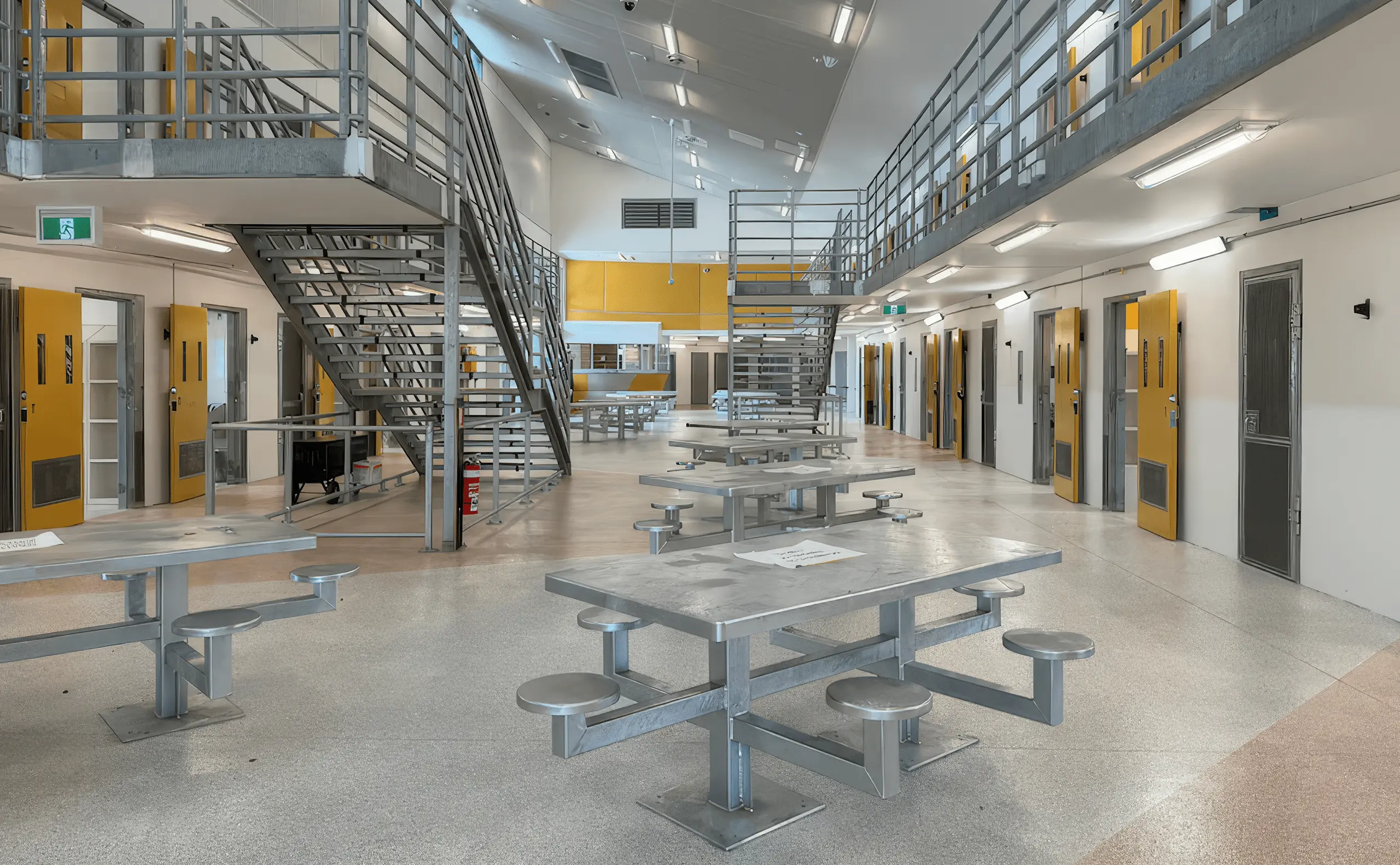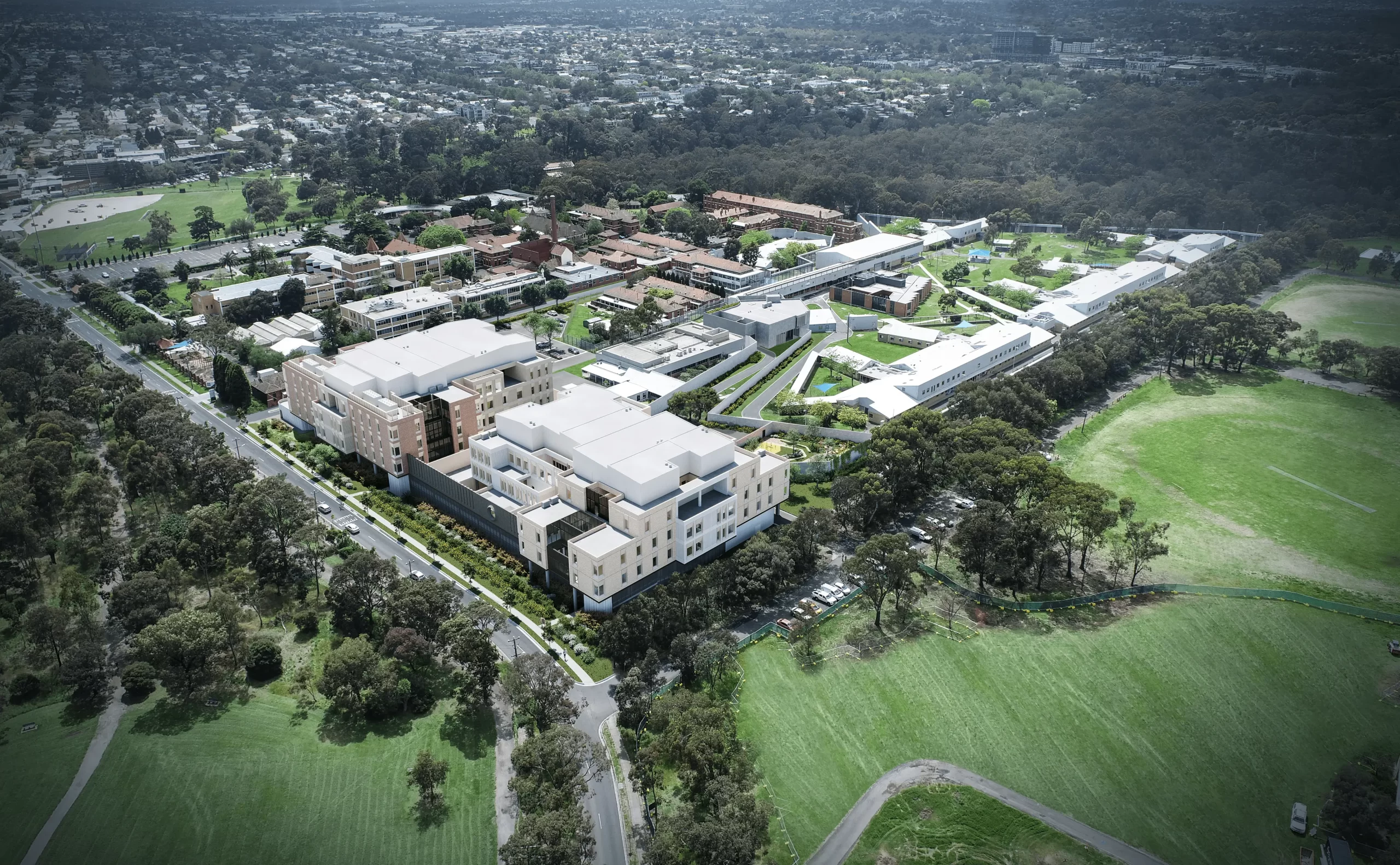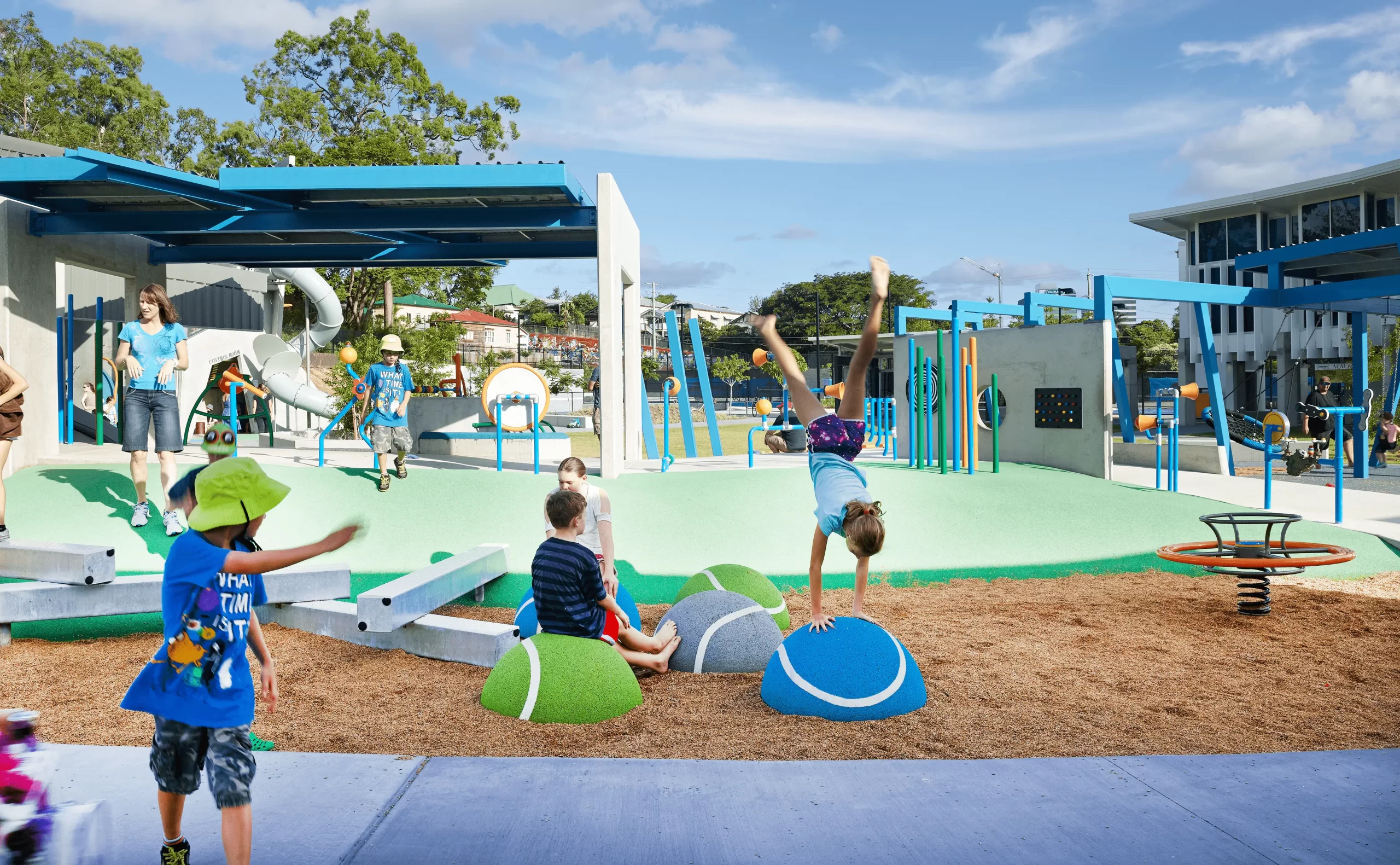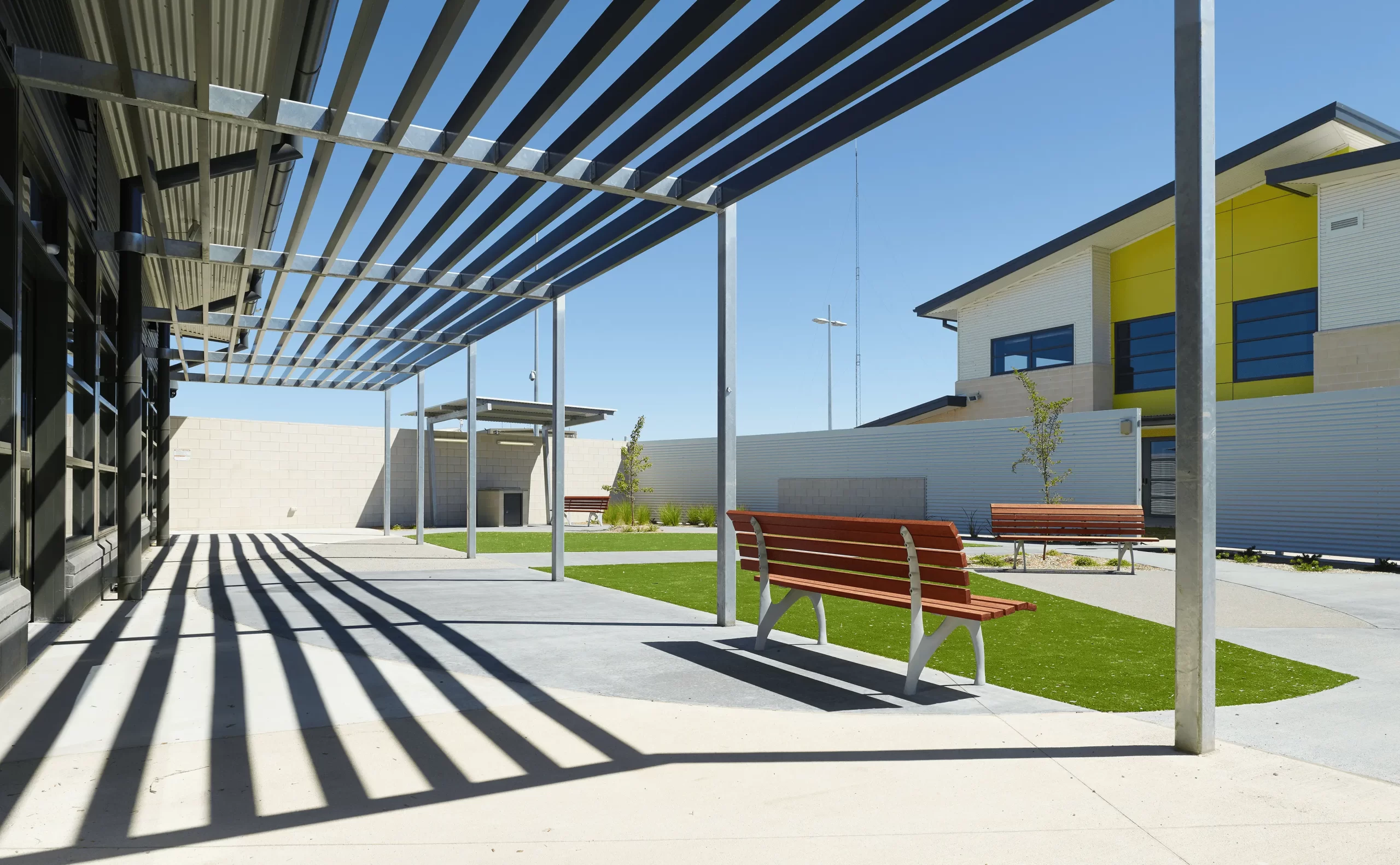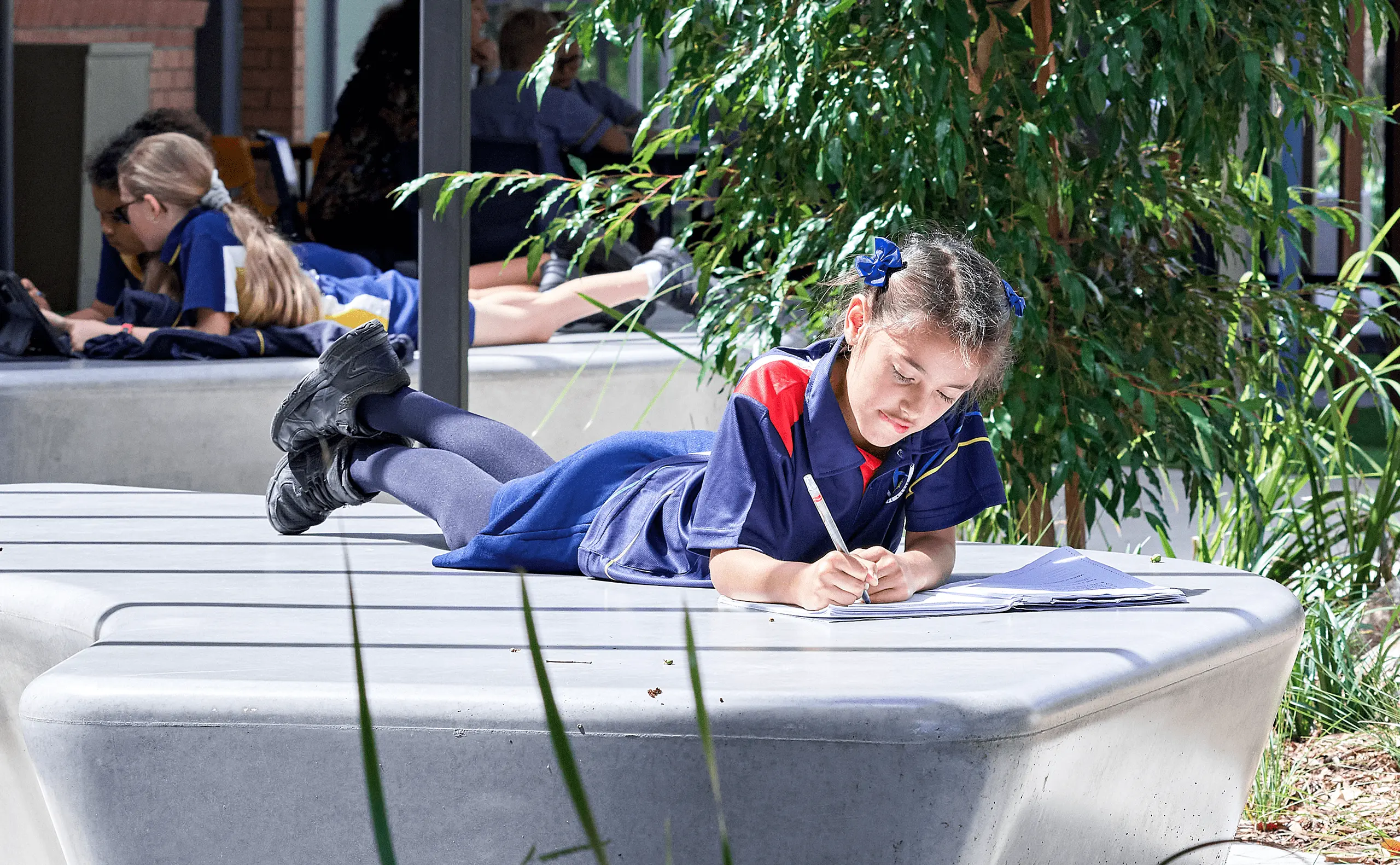
With research continuing to prove that students are more engaged in learning when doing schoolwork outdoors, more and more schools are looking into creating outdoor learning environments that facilitate these learning opportunities rather than relying solely on traditional classrooms.
According to Nature Play QLD, outdoor learning has several positive impacts on children, including improving their intrinsic motivation for learning, providing enjoyable lessons, increasing creativity, and activating their ability to think outside the box. It has also been proven to improve children’s health and wellbeing, social skills, and behaviour.
But what exactly goes into designing a successful outdoor learning space? In this article, we’ll explore the key design elements of a productive outdoor learning environment within education architecture. We’ll look at everything from where it should be located to what materials should be used for construction, so you have all the information needed to create a productive outdoor learning environment for your school!
The benefits of outdoor learning environments in schools
There’s something about being surrounded by nature that seems to bring out the best in all of us. In his book Biophilia, American biologist Edward O. Wilson shared that humans have an “innate tendency to focus on life and lifelike processes.” In other words, we’re naturally drawn to nature like a moth to a flame – and it’s not hard to see why. Nature provides us with so many benefits, so it makes sense for us to incorporate connection to nature into our learning environments too.
In design terms, it’s called biophilic design. Biophilic design is used to increase connectivity to the natural environment using direct and indirect nature for improved occupant rehabilitation and wellbeing.
Now let’s return to the school environment. Imagine having a classroom without walls, where birds chirp, leaves rustle, and the sun shines overhead. This is the benefit of outdoor learning environments. Outdoor learning environments can do wonders for students, from improving cognitive function and creativity to reducing stress and improving focus. It can even help with the social and cognitive development for students with special needs.
With fresh air and natural light, kids are more likely to feel energised and engaged in their studies. Plus, the opportunity to explore and learn hands-on can lead to a deeper understanding and appreciation of the world around them. It’s no wonder that more and more schools are recognising the benefits of outdoor education and incorporating it into their curriculum.
Creating the perfect learning space with design elements
Designing the perfect learning space encourages education, growth, and development. A well-designed space can enhance the learning experience and create an atmosphere of inspiration and creativity. Incorporating various design elements such as colour, lighting, and furniture can create a space that is not only functional but also aesthetically pleasing.
By paying attention to details such as space planning, organisation, and technology integration, a learning space can be transformed into one that is both functional and enjoyable.
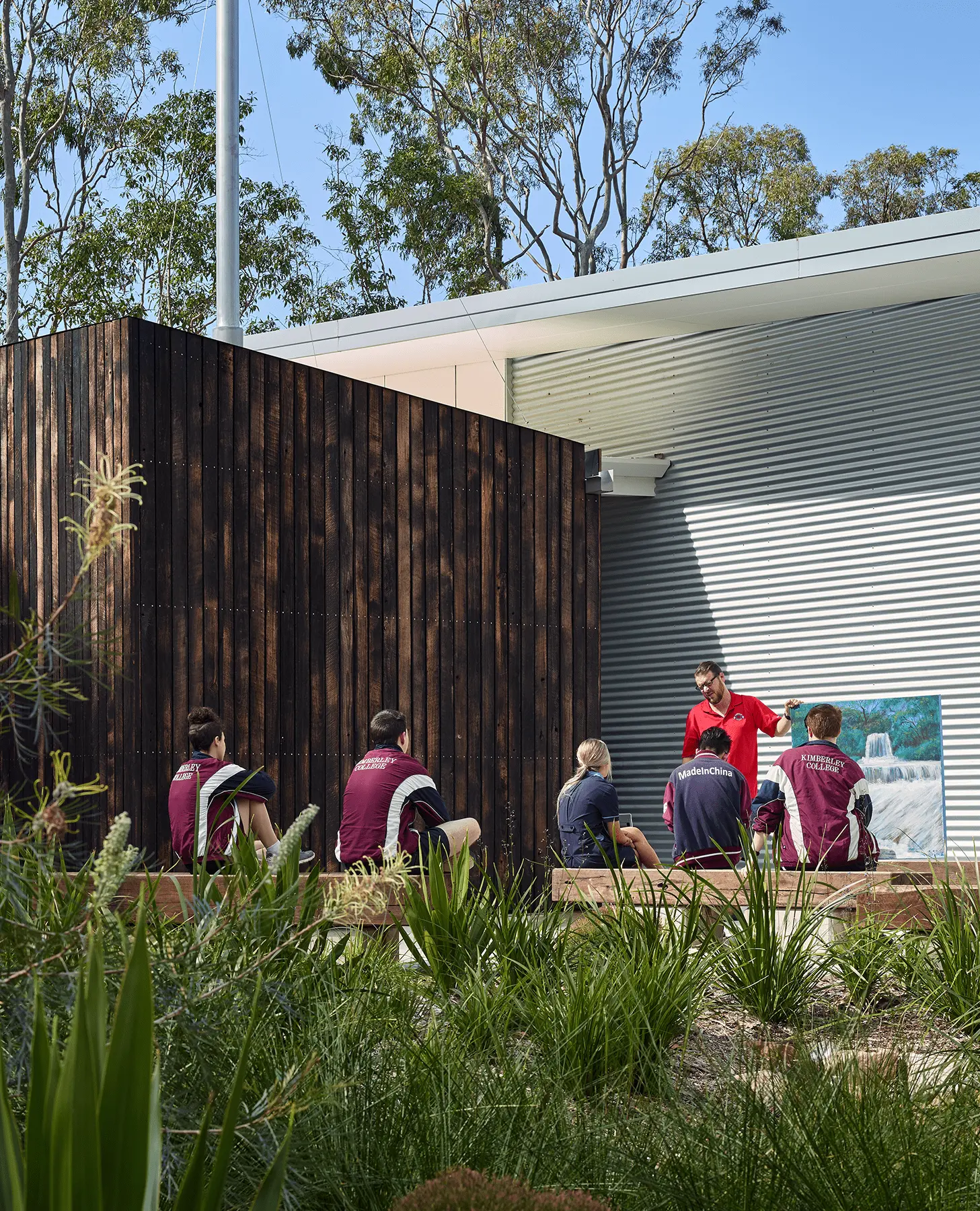

Making use of natural resources and materials
As the world becomes more conscious of our impact on the environment, the importance of making use of natural resources and materials has been brought to the forefront. A good example of this is the outdoor learning area we designed for Kimberley College.
Located in a natural Eucalypt bushland, selective clearing was required for the new build to minimise ecological impact. The large Eucalypts that needed to be felled were site sawn into large timber billets that were used in the landscape as seats. The seats have been arranged to create outdoor classroom areas and social spots for students, enabling them to value trees as a beautiful resource that is vital to our ecology.
But it’s not just about being environmentally friendly. Utilising these resources can also bring economic benefits and create opportunities for innovation through design.

Incorporating technology into outdoor classrooms
One of the most exciting developments in education design is the growing trend of incorporating technology into outdoor classrooms. It’s easy to see why: by harnessing the power of digital tools like tablets, interactive whiteboards, and educational software, teachers can bring the wonders of the natural world to life in new and exciting ways.
Best of all, by combining the benefits of technology with the proven benefits of outdoor education, teachers can create an immersive, engaging, and interactive learning experience that students will never forget.
Maximising shade with appropriate landscaping choices
Heat can sometimes be overwhelming, but there’s a simple solution – shade. With the right landscape architecture, you can create a cool and inviting outdoor space, even on hot and humid days. To maximise shade, consider planting trees and shrubs that provide ample coverage during peak sun hours.
Also, it is wise to incorporate other features like pergolas, awnings, or trellises to add shade.
As you can see, outdoor learning environments in schools can provide significant benefits for both teachers and students alike. With the right design elements, it’s possible to create a productive and comfortable space that facilitates learning while making the best use of natural resources.
Want to design a productive outdoor learning environment for your school?
Our highly experienced architecture, landscape architecture and interior design team can provide lots of different ideas to help you find the best plants and structures to fit your design needs. Call us today on 07 3870 9700 (Brisbane) or 03 8547 5000 (Melbourne).

